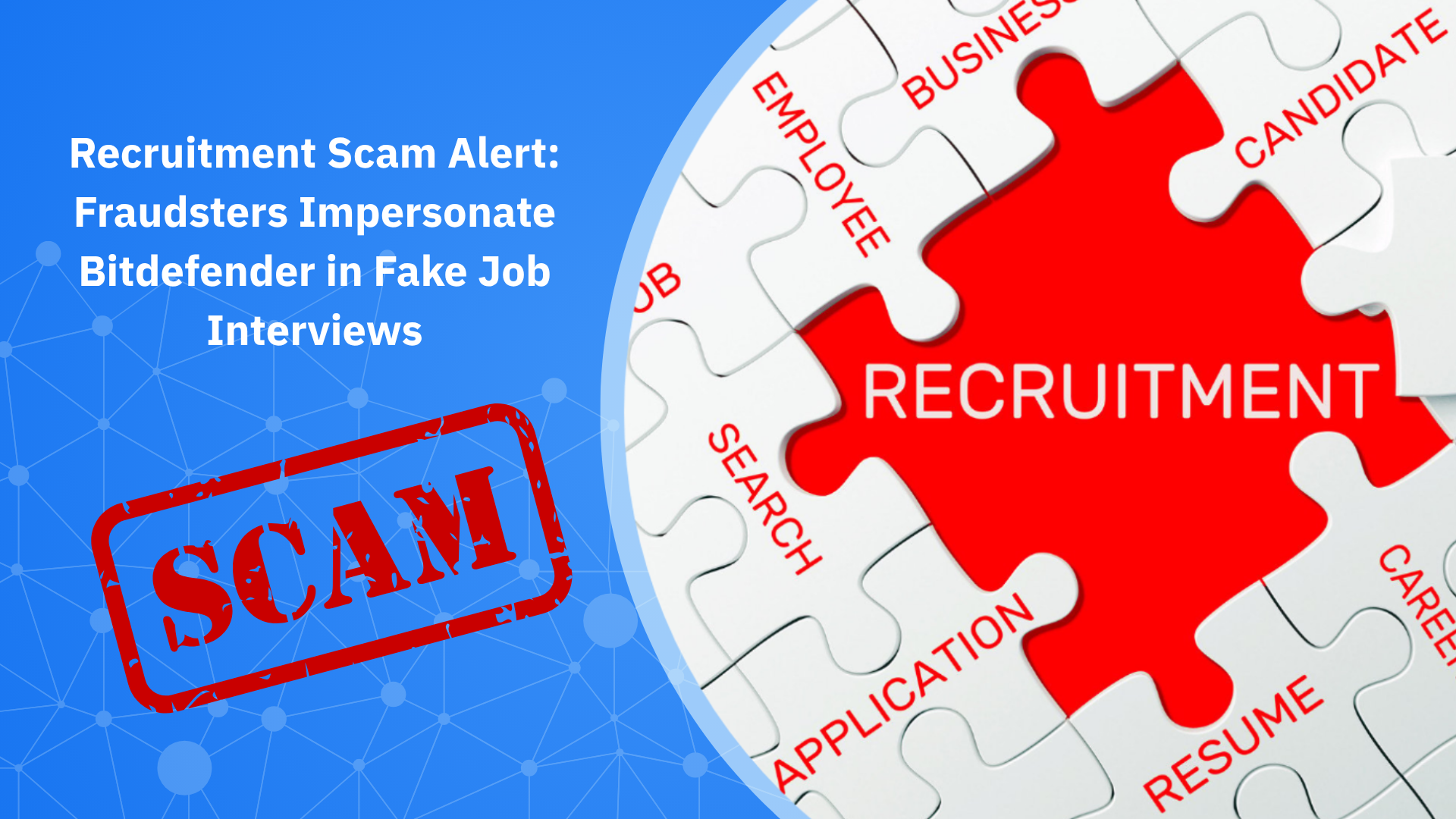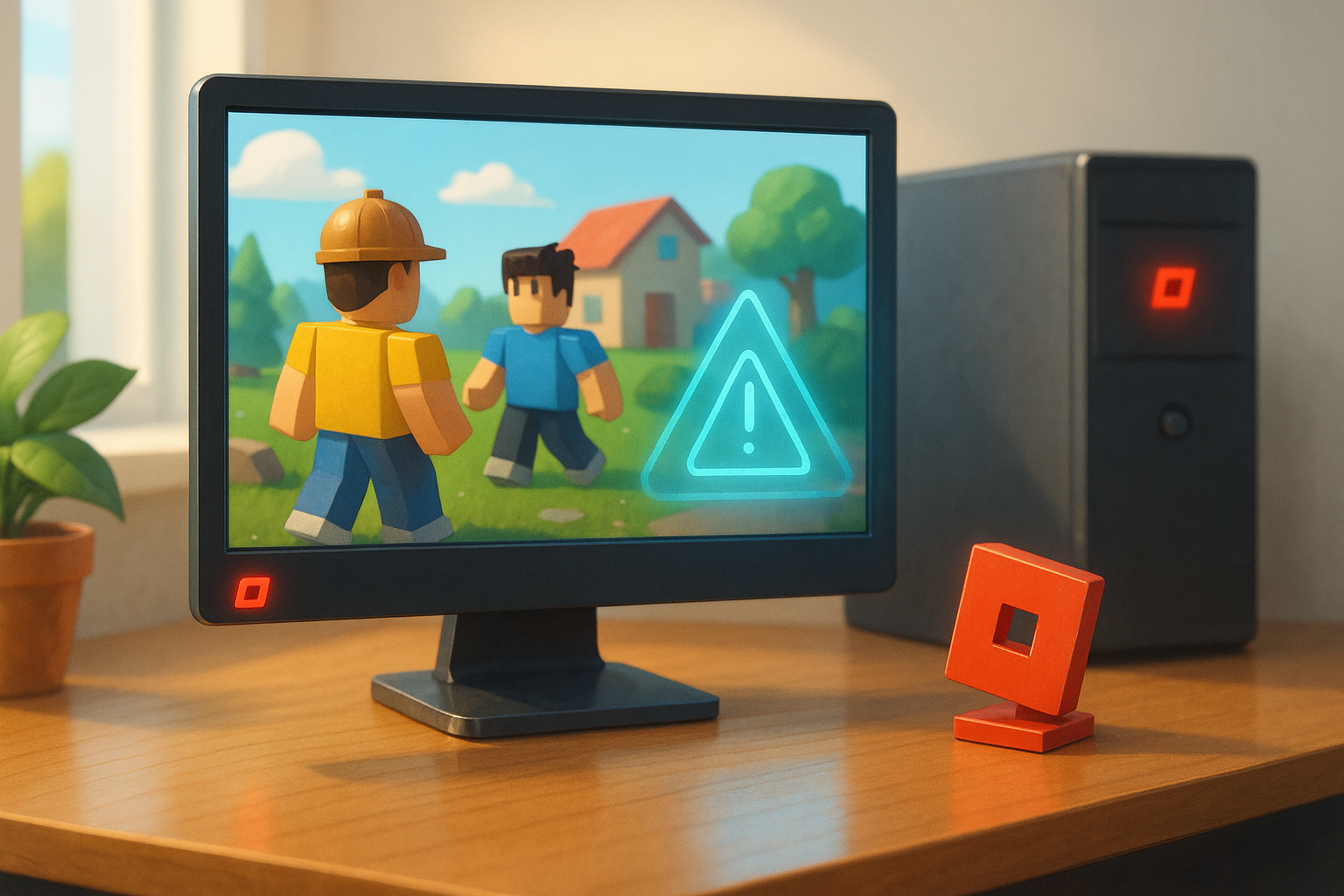Is monday.com Right for Your Small Business? Read This Before You Decide

If your work lives in email, spreadsheets, and sticky notes, monday.com pulls everything into one place—projects, sales, tasks, files, and updates—so your team can see what’s going on and who’s doing what. Think of it as a flexible work hub you shape to fit your business.
Start small, standardize a few core workflows, turn on the essential security settings, and add sophistication as you grow. Below you’ll find what monday.com is, the key features, pricing, a simple setup path, real benefits for small teams, the main risks to watch for, and the safety steps that keep you protected.
What is monday.com?
monday is a cloud workspace for managing work. You build boards (smart, customizable tables) to track projects, sales, content, clients, hiring, then layer on automations, dashboards, and integrations with tools you already use. The platform also comes in focused products: monday work management, monday CRM, monday dev, and mondayservice.
monday work management — projects & tasks. Plan projects, assign work, set dates, track progress, and see workload in one place. Best for: teams that want a clear plan, fewer status meetings, and simple automations.
monday CRM — customer-facing teams. Track leads, deals, and accounts, with calls/emails logged and follow-ups on time; pipelines are just boards you tailor quickly. Best for: founders and small sales teams that want pipeline clarity without a heavy CRM.
monday dev — product & engineering. Manage backlogs, sprints, bugs, and roadmaps; link issues to code while keeping status readable for non-engineers. Best for: companies that build or maintain software and want planning and delivery in one place.
monday service — IT & support. Turn requests into tickets, route and prioritize them, track response times, and keep fixes in a simple knowledge base. Best for: small teams that need a tidy queue instead of a crowded inbox.
All products share the same building blocks—boards, views, automations, dashboards—so data flows across them. A won deal in monday CRM can spin up a project in work management; a bug in monday dev can open a ticket in mondayservice; leadership can see sales, delivery, and support on one dashboard. Start with work management, add CRM if revenue tracking matters, bring in service if you need a queue, and use dev only if you ship software.
Related: What is Trello and How to Use It Securely
How much is monday.com?
Pricing is per seat, with a three-user minimum on paid plans. Typical tiers include Free (up to two seats), then Basic, Standard, Pro, and Enterprise (custom). Regional pricing and monthly billing vary—check your local pricing page before buying.
How to use monday for your small business
Start simple and focus on what you actually do.
Map a few repeatable jobs, for example, delivering client projects, managing leads, sending invoices, publishing social posts—and sketch the stages each one goes through (for example, Brief → In progress → Review → Done). Note the minimum details you need at every step: who owns it, when it’s due, which client it’s for, and where the files live. Agree on what “Done” means so hand-offs don’t stall.
Create one board per workflow. Templates such as Project, Sales CRM, or Content Calendar are a good starting point, but trim them to fit how your team works. Keep the essentials and remove anything you won’t use so the board stays clean and fast. If you repeat the same kind of task often, save a simple item template so new work starts with the right fields and subtasks in place.
Add the right views so people can see the same data from different angles without duplicating it. Use the table when you’re editing and filtering, Kanban when you’re running stand-ups and spotting blockers, timeline or Gantt when you’re planning capacity, and calendar when deadlines matter most. Save a personal “My view” for your own filters and a shared “Team view” for what the group needs at a glance.
Automate routine steps to cut the chasing and nudging. Start small with one or two rules—move an item forward and notify the next owner when a status changes, or send a reminder when a due date arrives and the work isn’t done yet. Keep alerts targeted so people pay attention when they pop up.
Integrate the tools you already use. Connect Slack or Teams so assignments and status changes appear where your team chats. Link Google Drive or OneDrive so the latest file version travels with the task. If you manage a pipeline, sync Gmail or Outlook so important emails show up on the related deal without copy-paste.
Keep track of projects with a simple dashboard that answers “Are we on track?” at a glance. Show progress, upcoming deadlines, workload by person, and any items at risk. Pin the dashboard for the team and use it to replace at least one status meeting each week.
Related: Small Business Owners Are Already Putting AI to Work—Here Are 10 Tools You Should Try Today
Benefits of using monday for small businesses
Monday brings everything into one place so you’re all looking at the same truth. Projects, tasks, and sales sit side by side, which means updates stop getting buried in email threads or scattered across spreadsheets.
Because the picture is clear, you need fewer status meetings. Boards and dashboards make progress obvious—what’s on track, what’s late, and who’s overloaded, so you can skip the “quick sync” and get straight to decisions.
Work also moves faster between people. Changing a status can trigger the next step automatically: the designer marks “Ready for review,” the project lead gets notified, the item shifts to the right group, and if it’s billable, it’s flagged for invoicing. Those small nudges remove the manual chasing that slows teams down.
You can track leads, emails, and deals alongside delivery work, so sales promises and project realities stay connected. And client work gets cleaner too: instead of sending files back and forth, invite clients as Guests to their own board so they see only their project, share assets in context, and leave comments without touching anything else.
Common risks to watch out for
- Over-sharing by accident. A client is invited as a full teammate or a board is left open, and they can see other clients’ files.
- Weak account hygiene. Passwords are reused or shared, 2FA is off, and long-lived browser sessions stay active on lost or shared devices.
- Ghost access. Former freelancers or interns keep their logins, API tokens, or shareable links and can still open boards months later.
Related: How to Work Safely with Polyworkers, Contractors and Freelancers
- Over-permissive integrations. Connectors get “read/write everything” and copy data to third-party clouds you don’t monitor.
- Slow incident response. A phished login is spotted, but there’s no playbook, no clear admin, and no “sign out everyone” step—so data gets exported.
- Quiet leaks. CSV exports land on personal laptops, screenshots slip into email threads, or public links are shared outside the team.
Related: How to Check If Your Business Is Affected by a Breach (And What to Do if It Is)
Security settings to enable on day one
Security setup: turn these controls on right away
- Enforce 2FA for everyone (use an authenticator app).
- Keep sensitive work private. For example, set HR/finance/legal on Private boards by default; give clients Guest access to their board only.
- Least-privilege defaults. Limit who can create boards, automations, and integrations; require a named owner for every board.
- Session hygiene. Set idle timeouts, know how to sign out all sessions, and require re-auth for exports when possible.
- Audit & alerting. Check the Audit Log weekly for odd logins or mass exports; investigate anything unusual.
- Integration inventory. Keep a short list of integrations with an owner; scope permissions narrowly and remove what you don’t use.
- Offboarding checklist. Same-day removal, transfer ownership, revoke tokens, and shared links.
- Phishing & scam defenses. Bookmark the real login (don’t click email buttons), train staff to verify “document shared/invoice/security alert” messages, and use email/link protection so dangerous links and attachments are flagged before someone clicks.
Related: What is Barrel Phishing and How to Protect Your Small Business
- Money-movement verification. If boards touch invoices or vendor details, require a second check for bank-account changes (call a known number, not the one in the email) and keep that rule in writing.
- MFA fatigue awareness. Teach people never to approve unexpected MFA/SSO prompts; if they see one, report it and reset their password.
Protect your projects
Bitdefender Ultimate Small Business Security gives you one lightweight shield for every laptop and phone you use to run the store. It blocks malware and ransomware, warns about phishing pages and fake attachments before anyone clicks, and quarantines risky files so mistakes don’t turn into outages. The built-in password manager and breach monitoring cut the risk of account takeovers, the VPN keeps your admin work private on café or event Wi-Fi, and Scam Copilot helps you sanity-check suspicious emails, invoices, or “support” messages in seconds. It runs quietly with a simple dashboard—no IT team required.
Try Bitdefender Ultimate Small Business Security and start your 30-day free trial.
FAQs
Is monday.com a fit for very small teams (1–5 people)?
Yes. Start with one or two boards, keep only the columns you’ll use, and add a couple of simple automations (reminders, hand-offs). You can grow into dashboards, integrations, and extra products later without rebuilding everything.
Is monday.com safe for my business?
It can be—if you turn on the right settings. Enable 2FA for everyone, keep HR/finance/legal on Private boards, invite clients as Guests to their board only, review the Audit Log regularly, and limit who can create integrations. Most breaches come from phishing or misconfiguration rather than the platform itself, so pair these settings with staff training and email/link protection (Bitdefender can help block fake login pages and risky attachments).
What’s the real difference between monday.com, Asana, Smartsheet, Wrike, ClickUp, and Trello?
All track tasks with owners, dates, and status. monday.com and ClickUp are highly customizable “all-in-ones”; Asana emphasizes clean task flow and team rituals; Smartsheet feels like a supercharged spreadsheet; Wrike leans into structured workflows and approvals; Trello is the simplest card-based board. Pick based on how your team thinks (spreadsheets, kanban, or templates) and test with one real project before you commit.
tags
Author
Cristina is a freelance writer and a mother of two living in Denmark. Her 15 years experience in communication includes developing content for tv, online, mobile apps, and a chatbot.
View all postsRight now Top posts
Recruitment Scam Alert: Fraudsters Impersonate Bitdefender in Fake Job Interviews
October 13, 2025
What are Roblox Executors and Why Do Parents Really Need to Know About Them
October 10, 2025
How to Outsmart Today’s Sneakiest Phishing Scams
October 10, 2025
FOLLOW US ON SOCIAL MEDIA
You might also like
Bookmarks







